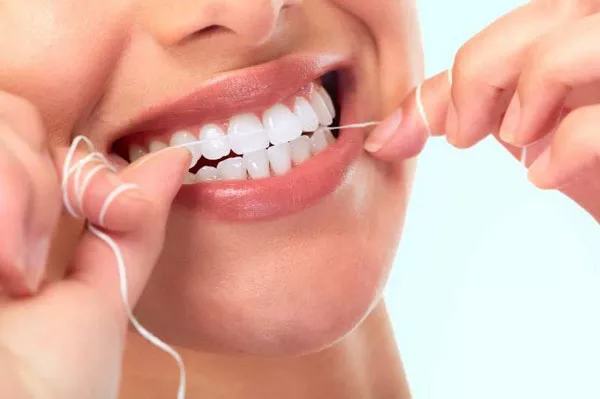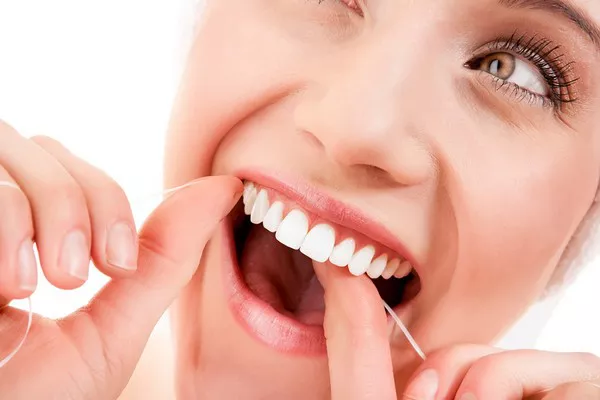Dental hygiene is an essential part of maintaining good oral health. Brushing and flossing are the two most important activities that help to keep your teeth clean and healthy. Flossing helps to remove the food particles and plaque that get stuck between your teeth and below the gum line. However, many people often wonder if they can floss after cleaning their teeth. This article will explore this question in detail and provide you with everything you need to know about flossing after cleaning.
Understanding the importance of dental hygiene
Good oral hygiene is essential for preventing tooth decay, gum disease, and other dental problems. Brushing and flossing are the two primary ways of keeping your teeth clean and healthy. Brushing removes the plaque and bacteria from the surface of the teeth, while flossing removes the food particles and plaque that get stuck between the teeth and under the gum line. When you don’t practice proper dental hygiene, bacteria can form on your teeth and gums, causing bad breath and leading to more serious dental problems.
Why flossing is important
Flossing helps to remove the food particles and plaque that get stuck between your teeth and under the gum line. When left untreated, these particles can cause cavities, gum disease, and other dental problems. It’s essential to floss at least once a day as part of your regular dental routine to maintain healthy teeth and gums.
Can you floss after cleaning your teeth?
Yes, you can floss after cleaning your teeth. There is no harm in flossing after brushing, and it can actually be beneficial to do so. Brushing helps to loosen up the food particles and plaque, making it easier to remove them with floss. Additionally, flossing after brushing ensures that you’ve removed all the debris from your mouth, which can reduce the risk of dental problems.
How to floss properly
Flossing can be challenging, but it’s essential to do it correctly to reap the benefits. Follow these steps to floss properly:
- Begin by breaking off about 18 inches of floss and wrap one end around your index finger and the other around your opposite index finger.
- Gently slide the floss between your teeth using a sawing motion.
- Curve the floss around each tooth, making sure to go below the gum line.
- Use a clean section of the floss for each tooth to avoid transferring bacteria from one tooth to another.
- Be gentle when flossing, as aggressive flossing can damage your gums.
Conclusion
In conclusion, flossing is an essential part of maintaining good oral hygiene. It helps to remove the food particles and plaque that get stuck between your teeth and under the gum line. You can floss after cleaning your teeth without any harm, and it’s actually beneficial to do so. Make sure to floss at least once a day as part of your regular dental routine to maintain healthy teeth and gums. Remember to follow the proper flossing technique to ensure that you’re getting the most out of your flossing routine.
Related Topics:





























